By JURRIAAN KAMP
New ‘big ideas’ conquer the world on a daily basis. The next social media platform or intelligent device promises a groundbreaking new experience. In reality, there is change but hardly improvement—more of the same. Dutch entrepreneur Jenny Elissen argues that many new ideas are not great solutions and that the world needs ‘giant leaps’. In her book From Big Ideas to Giant Leaps, Elissen introduces a new way of designing for the whole world. Everyone is involved, everyone participates.
Jurriaan Kamp: What’s the message of From Big Ideas to Giant Leaps?
Jenny Elissen: “I had a long career in advertising. I was trained in ‘big ideas’. I realized that many ideas are not great solutions. It turns out that it is very hard for companies to create solutions that are worthwhile for the world. With my book I want to help creating better business designs.”
You argue that giant leaps come from ‘quantum creativity’. What is quantum creativity?
“In advertising I learned that when teams bring their attention and energy together around products and services, they generate an energy field. Everybody is so committed and aligned to finding breakthroughs that a situation emerges wherein you can find all the solutions you want. It is a process of co-creation that is very empowering for all. When you create this ‘quantum field’ solutions and infinite possibilities begin to self-organize. Things begin to unfold effortlessly. There is no need to push anymore. All the participants are creating alignment, because they are creating consistency, congruence, and coherence. You create a process that continues without you. In the old world, you service a possibility, a solution. When you leave, the service stops and the solution ends. That is very different from empowering a field that aligns all participants and that can self-organize itself into the future. Self-organization is extremely important today. It helps us to create new fields that bring higher vibrations and those higher vibrations will automatically lead to more consciousness and to better solutions.”
What is the most important element of that process of quantum creativity?
“The key thing about creativity is finding the seemingly unconnected connections. Creativity is a lot about the invisible and the unexpected. We are extremely well trained in dealing with the expected and the visible, but we are not very good at handling the invisible and the unexpected. People always ask the question whether the glass is half full or half empty? However, the glass is always full because there is 50 percent air in it. You are truly a great creative when you are able to connect the apparently impossible. That is what we need to train. We developed a system that addresses limiting beliefs. It defines the long-term paradoxes we need to balance instead of the short-term problems we want to solve. We can only create what we are able to own, see and perceive ourselves.”
We have many solutions. Isn’t our biggest problem that we don’t implement the solutions we have?
“We need more than implementing solutions. We need better solutions. We are a very action-oriented species. We love solving problems, but most of the time our efforts don’t lead to good solutions. It is often said that you can only solve a problem at a higher level than where it was created. Too often, problem-solving is a very linear process and people solving problems are actually creating new problems. When we really focus on designing solutions that can last for generations, the outcomes are radically different. We are more aware of unintended consequences. Do we really want materials that are hard to recycle? If we make this chocolate bar, shouldn’t we seed new plants for an abundant future?”
Can big companies make giant leaps?
“They can when they adjust their organizations. I have only seen it happen when companies create separate ventures that are allowed to function independently and even attack the existing organization. Then something miraculous happens: the old organization gets actualized and vitalized as the new organization brings in a new perspective.”
How do you characterize a ‘giant leaper’?
“One thing that came out of the interviews I did for my book is that people who make great contributions don’t want to be limited to doing just one thing in their lives. They don’t believe in focus. That’s opposite the traditional business school approach where students are always taught, they have to focus. Giant leapers want to use and experience all their talents. They want to be ‘whole’. They don’t want to be limited to doing only one thing in their life. At the same time, they make their lives simple. Giant leapers show a wonderful paradox between multidimensional interests and simplicity in their lives. Dutch entrepreneur Dennis Karpes is a good example in the book. He is involved in many very different initiatives and projects. But all his thinking is very simply organized in one principle: if we can make the world warmer, we can also make it cooler.”
More information: www.frombigideastogiantleaps.com
Published from Kamp Solutions magazine. More information: https://www.kamp.solutions/


